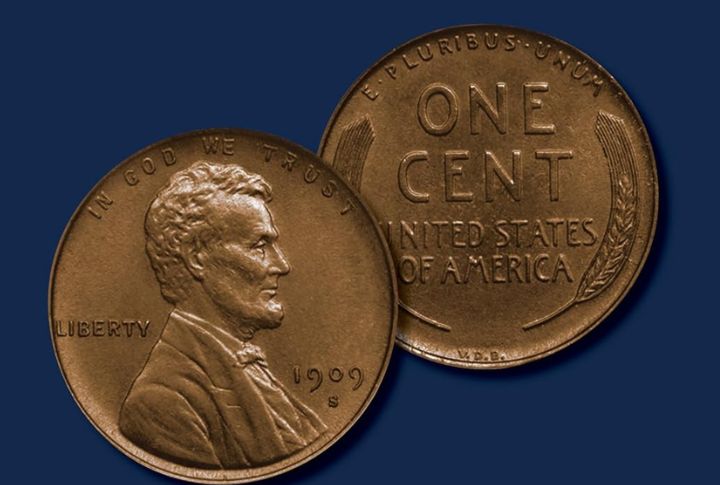
A handful of pennies once slipped through the presses by mistake—and ended up rewriting coin-collecting history. What looked like pocket change are worth small fortunes, with one misstrike alone selling for over a million dollars. These humble copper coins prove even errors can glitter like gold.
1943-D Bronze/Copper Cent
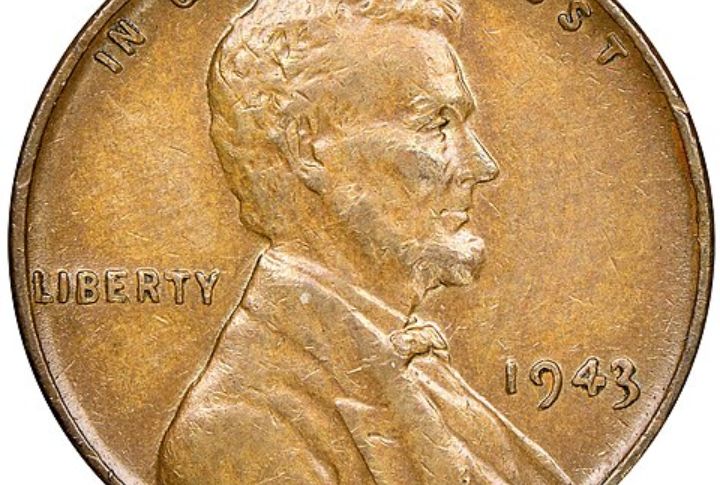
When WWII forced the U.S. Mint to switch from bronze to steel cents in 1943, a single bronze planchet from 1942 somehow slipped through at the Denver facility. This accidental striking created numismatic history. While Philadelphia and San Francisco produced a handful of copper errors, Denver’s sole specimen was sold for $1.7 million in 2010.
1944-S Steel Cent
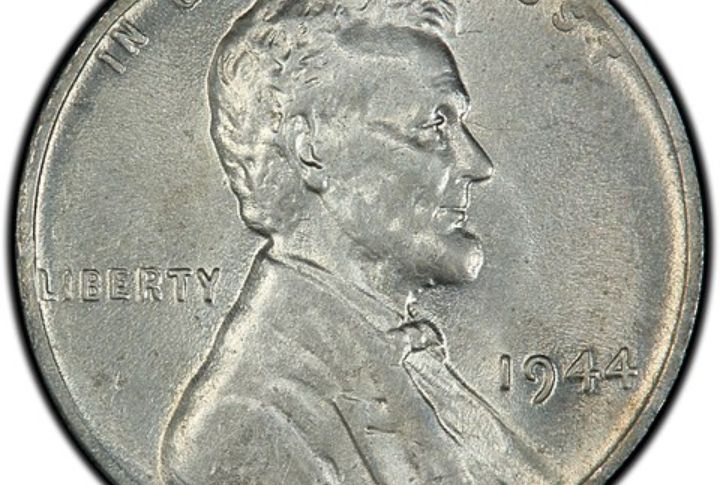
In 1944, the San Francisco Mint’s production line hummed with the steady stamping of bronze pennies. But during the routine manufacturing, a few leftover steel planchets from 1943 slipped into the mix. This momentary deviation created an extraordinary error coin. The 1944-S steel cent, now valued at $408,000 and coveted as a collector’s holy grail.
1955 Doubled Die Obverse
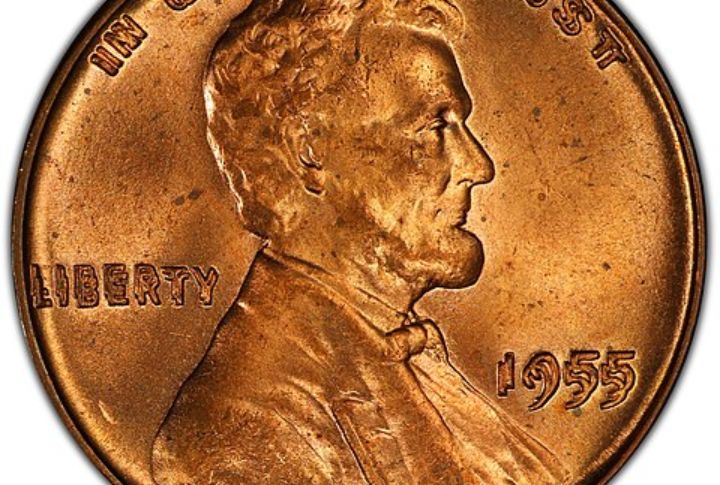
At first glance, these 1955 pennies looked ordinary enough to pass through countless cash registers unnoticed. But a closer inspection reveals their secret: dramatic doubling of “LIBERTY” and “IN GOD WE TRUST,” caused by a misaligned die during production. These circulation finds, born from a manufacturing error, can be sold for up to $287,156.
1909-S V.D.B. Lincoln Cent
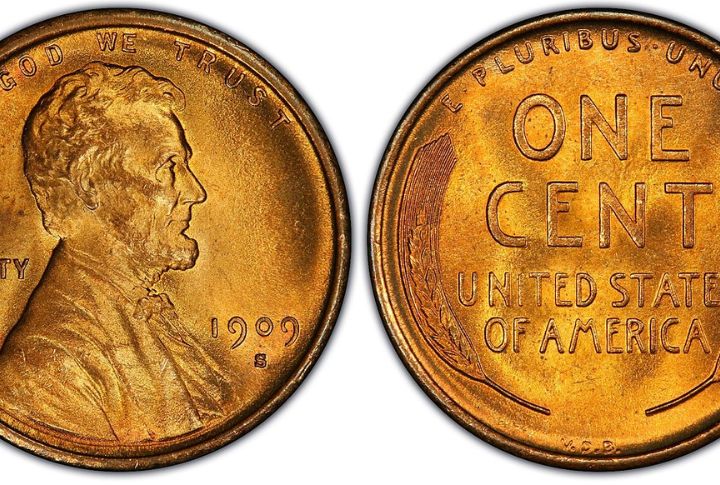
With just 484,000 pieces struck at San Francisco, the 1909-S V.D.B. cent represents a tiny fraction of modern penny production volumes. The limited mintage resulted from public controversy over designer Victor David Brenner’s prominent initials, which were swiftly removed that same year, and is now considered extremely valuable.
1914-D Lincoln Cent
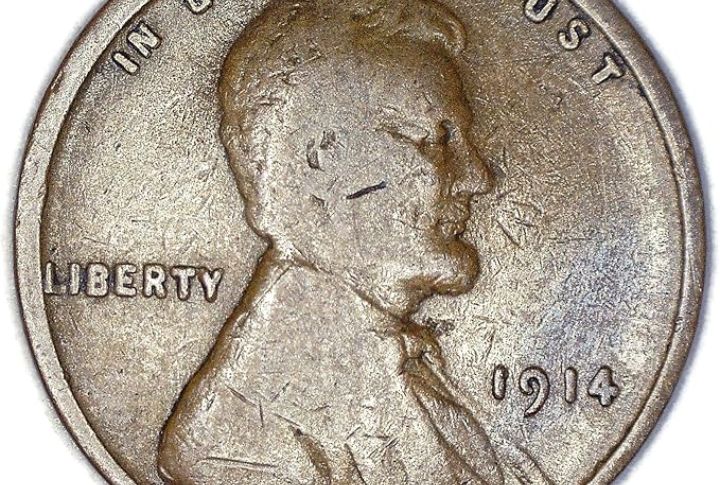
Back in 1914, the Denver Mint produced what would become a legendary rarity, striking just 1,193,000 Lincoln cents. As these pennies circulated heavily through the decades, their numbers in top condition dwindled dramatically. Today, authentic examples command staggering prices up to $81,000, prompting counterfeiters to alter common dates as imitations.
1917 Doubled Die Obverse
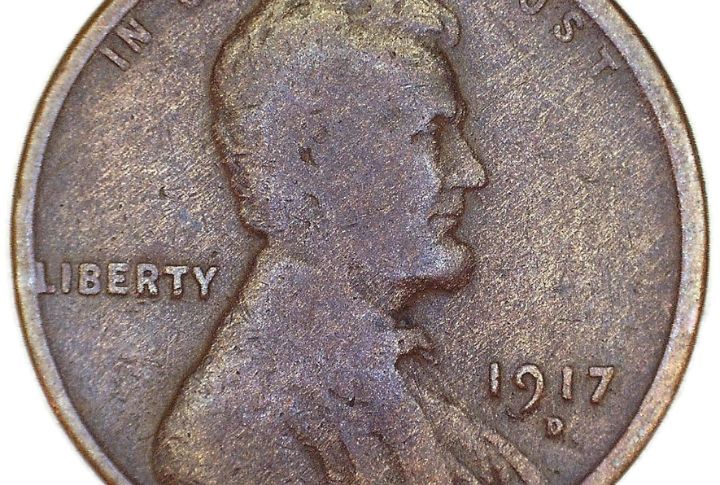
Lincoln penny errors have long fascinated collectors, but the 1917 Doubled Die Obverse stands supreme among them. This exceptional rarity showcases some of the most dramatic doubling ever seen in the series, with pronounced ghosting visible on both the date and “IN GOD WE TRUST” motto in a spectacular minting mistake.
1922 No D Strong Reverse
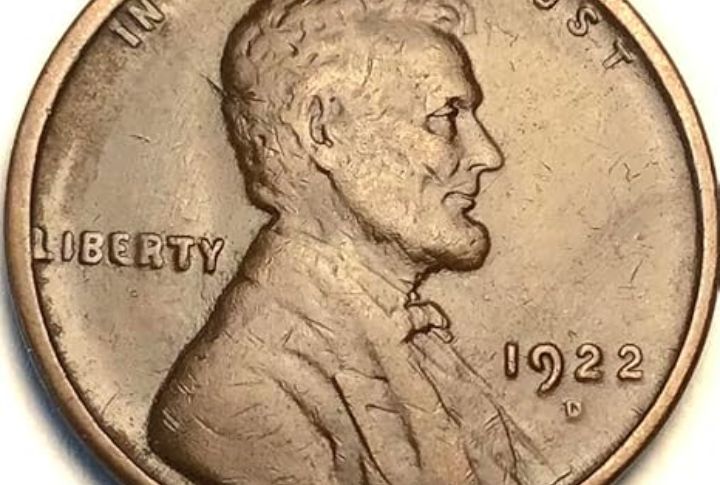
For coin collectors, the 1922 No D Strong Reverse cent represents a fascinating paradox: a Denver-minted penny without its telltale ‘D’ mark. Over-polished dies created this coveted anomaly while maintaining sharp reverse details, distinguishing it from weaker variants. Given Denver’s exclusive penny production that year, top specimens command an astounding $92,000.
1909-S Lincoln Cent
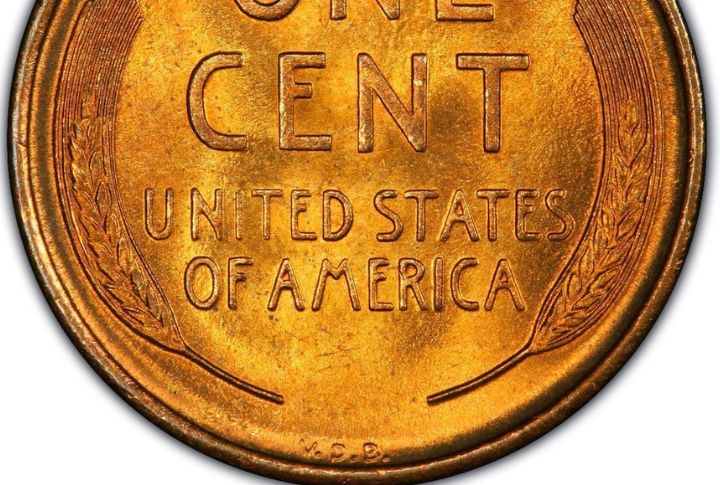
Those tiny “V.D.B.” initials tell quite a tale when examining 1909 Lincoln cents, serving as an essential identifier that separates two coveted San Francisco Mint varieties. While the standard S-mint penny, produced in just 1.825 million pieces, commands up to $2,000 in top grades, its V.D.B.-bearing counterparts are more expensive and difficult to find.
1909-S Over Horizontal S
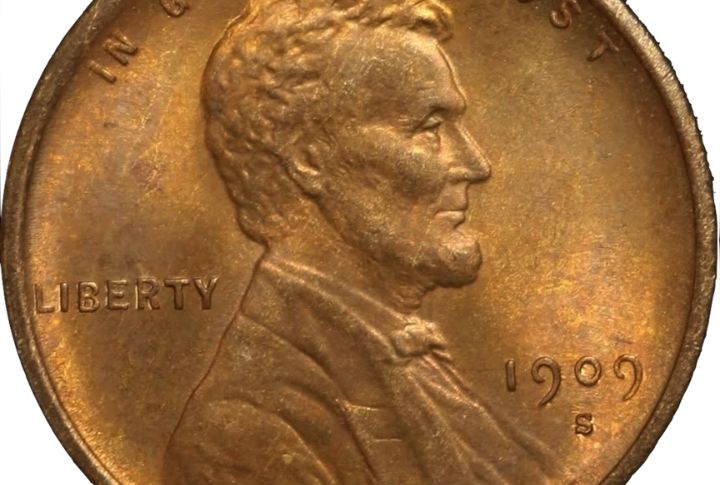
For error coin enthusiasts, few discoveries match the thrill of spotting a 1909-S Over Horizontal S penny under their loupe. The delicate dance of two “S” mintmarks with one lying sideways beneath its upright twin dazzles collectors, who eagerly pursue these rarities worth $118 to $406, with pristine examples soaring to $24,000.
1931-S Lincoln Cent
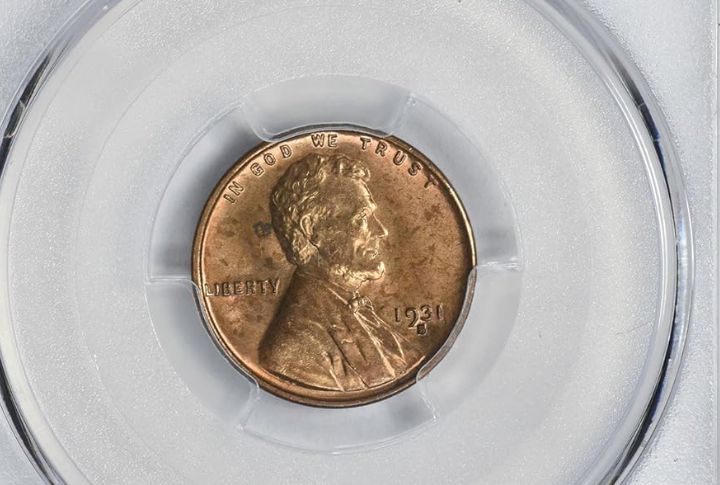
Top-grade 1931-S Lincoln cents can be bought for a staggering $69,120. However, pristine examples are surprisingly obtainable for $5,000-$7,000, while worn specimens are harder to find. Despite its tiny mintage of 866,000, collectors recognized its scarcity immediately and hoarded uncirculated pieces, which created an unusual market.
